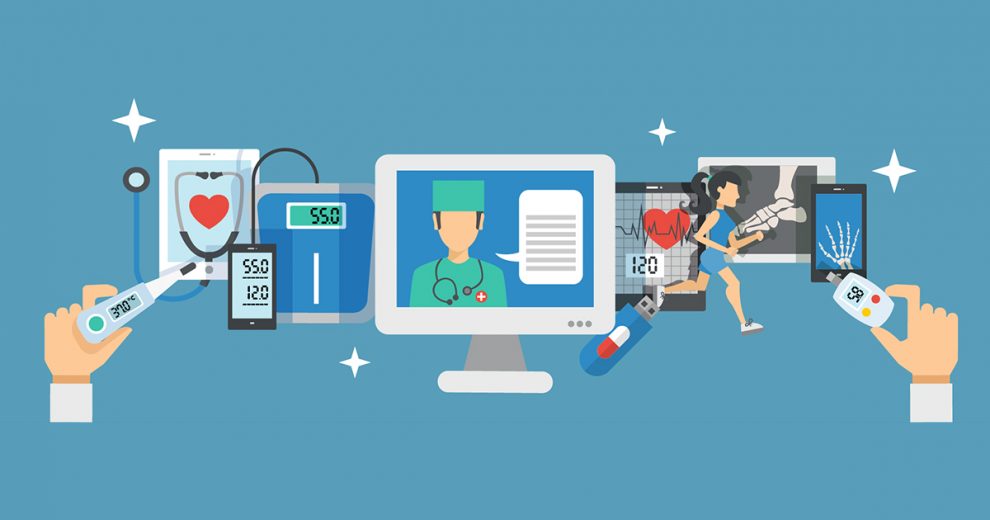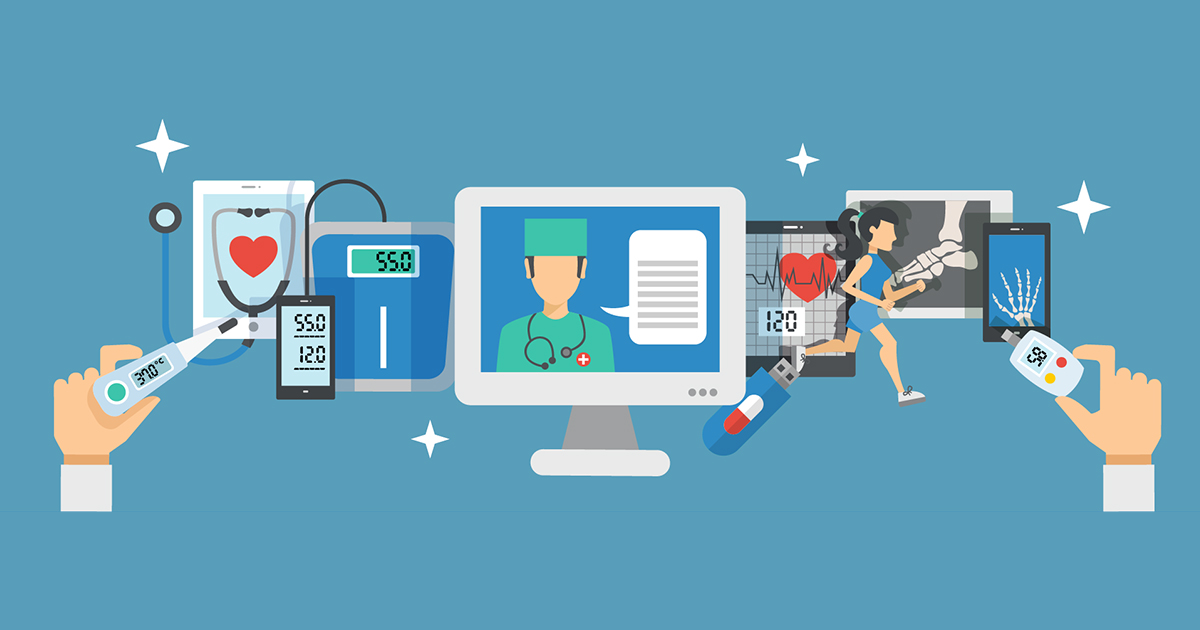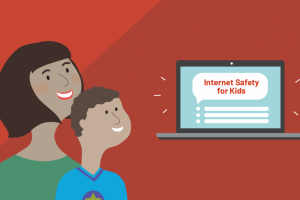The internet and mobile apps offer vastly expanded healthcare information access. But navigating this flood of resources poses literacy challenges. How can people discern accurate, relevant health data online to safely improve wellbeing?
Here we explore core competencies and strategies for developing digital literacy to harness technology for health and wellness.
Evaluating Online Health Information
With unvetted health claims proliferating online, evaluating content critically is essential. Key skills include:
- Checking author expertise – Seek information from qualified professionals like academics or certified practitioners versus unverified sources.
- Assessing bias – Recognize agendas. Commercial sites aim to sell while advocacy sites push specific perspectives. This can skew objectivity.
- Verifying accuracy – Cross-check facts against reputable health sites like Mayo Clinic and Cleveland Clinic. Watch for sensational language signaling dubious claims.
- Examining sources – Favor respected, science-based organizations over anonymous or crowd-sourced content. Review references.
“People need to approach online health info like savvy readers, not passive acceptors,” notes health literacy expert Helen Osborne. Developing discerning analysis abilities is critical.
Protecting Privacy with Health Technologies
Mobile health apps and wearable devices collect sensitive data requiring thoughtful privacy precautions:
- Limit sharing settings and disable tracking when possible. Review privacy policies.
- Use strong passwords and two-factor authentication. Update apps regularly.
- Be wary of public Wi-Fi. Use VPNs. Only download from trustworthy sources.
- Carefully consider sharing information with social media groups and third-party services.
- Monitor kids’ use. Teach safe habits like not publicizing medical information.
“Health data privacy determines whether innovations empower or imperil users,” says Dr. Diego Silva, author of Ethical Medical Data Use. Vigilance is key.
Finding Reliable Telehealth Providers
Remote healthcare expands access but requires vetting services for safety:
- Verify licenses. Ensure providers are licensed in-state through medical boards.
- Confirm secure platforms. Services should use HIPAA-compliant software and encryption.
- Check insurance coverage. Many plans now cover telehealth. But confirm benefits, costs and qualified providers.
- Review delivery of care. Seek satisfactory experiences with diagnosis, treatment, follow-up care, and medical record integration.
- Assess responsive support. Look for robust help desks and ways to contact care teams.
Per the American Medical Association, “Informed selection guides appropriate telehealth use.” Due diligence prevents harm.
Communicating Digitally with Healthcare Providers
Messaging and telehealth require clear communication skills. Helpful tips:
- Succinctly describe symptoms, history, and impacts on daily life. Use proper terminology.
- Prepare questions ahead and take notes during consultations.
- Request clarification of instructions and test results/values. Ask for written summaries.
- Detail medication types and doses, if problems arise, to coordinate care.
- Give honest updates on adherence, moods, and recovery to personalize treatment.
“Mutual understanding between patients and providers enables sound care,” advises communication researcher Debra Roter. Digital channels necessitate extra diligence.
Accessing Reliable Public Health Information
Public crises like COVID-19 or hurricanes underscore the need to identify trustworthy safety information. Strategies include:
- Consult official state and federal government health agencies first.
- Verify nonprofits are reputable before relying on their guidance.
- Look for consistent facts from multiple mainstream news sources.
- Check publication dates as health threats evolve quickly. Favor timely sources.
- Beware unsubstantiated claims or conspiracy theories. Watch for emotionally charged language.
“Accurate public health info saves lives, especially amid emergencies,” stresses Lynda Crawford, former head of Canada Health Infoway. Resolve to seek authoritative sources.
Evaluating Health Apps and Devices
The ballooning market of digital health tools requires diligence to use responsibly:
- Vet developer credibility and search expert reviews. Avoid unfounded claims.
- Verify security measures like encryption are in place if providing sensitive data.
- Assess clinical soundness like whether app interventions follow validated protocols.
- Check fairness of costs and subscription terms.
- Gauge effectiveness for goals through free trials when possible.
- Be cautious using apps as singular diagnostic or treatment sources. Discuss with healthcare providers.
“The public must proactively ensure health technologies meet standards before adopting them,” advises health app researcher Kit Huckvale. Scrutiny prevents harm.
Finding Reliable Mental Health Resources
High-quality digital mental health tools prudently applied can expand access but distinguishing helpful from harmful sources takes discernment:
- Favor evidence-based apps evaluated in research studies over untested options. Check databases that review apps for care standards.
- Consult with therapists before using apps offering diagnosis or treatment recommendations to determine safety.
- Assess crisis response protocols like if the app can summon emergency help. Avoid services unequipped to manage risks.
- Be wary of unqualified coaches or groups that dispense severe medical advice without licenses.
- Consider cultural factors. Evaluate if resources align with personal values and identity needs.
“Vetting is vital for safe digital mental health support,” emphasizes clinical psychologist Dr. Lynn McFarr. Sound judgment prevents misinformation or exploitation.
Building Health Learning Networks
Positive online health activities include:
- Joining patient communities to exchange ideas and experiences around conditions.
- Following credible health organizations on social media for updates.
- Reading evidence-based health blogs by verified professionals like Healthline or Sanjay Gupta.
- Taking scheduled social media breaks for balance.
- Limiting commercial influence through ad blockers. Be wary of sponsored content.
“Online groups can provide valuable information and social support with prudence,” says Mayo Clinic web editor Karl Oestreich. Curbing commercialism helps.
Teaching Health Digital Literacy
School and community efforts should:
- Start early with age-appropriate topics to build lifelong skills. Teach kids to approach online health information critically.
- Partner with libraries and clinics to provide curricula and instruction on vetted resources. Enable hands-on health research practice.
- Train educators on leading discussions about identifying mis/disinformation and encouraging positive use.
- Engage positive online influencers as curators and role models.
- Encourage self-reflection on personal online health behaviors.
- Involve families and health providers through raising awareness of digital literacy for optimal care.
“Comprehensive digital health literacy education empowers safer, more effective use,” underscores public health professor Dr. Helen Barrie. Investment in training is warranted.
With sound judgment, support, and training, people can harness online resources for health gains. Digital literacy fosters an empowered populace able to make wise choices improving their wellbeing.


















